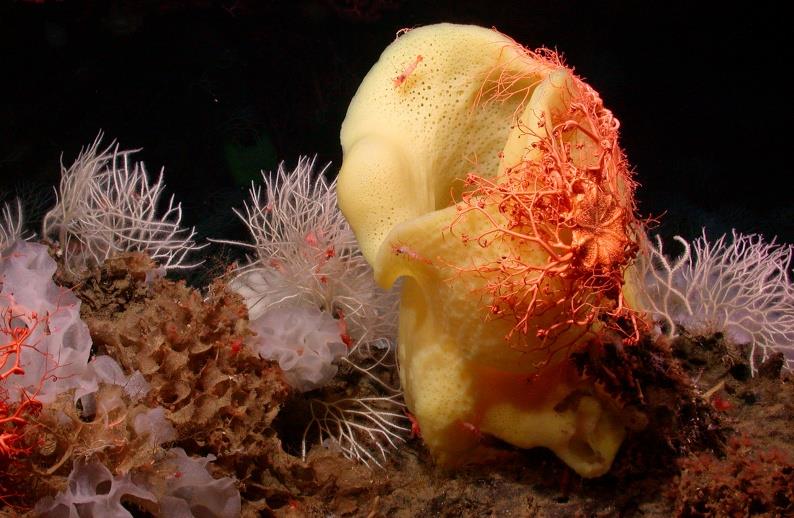
Learn about Deep-Sea Coral
by NOAA Fisheries 14 Dec 2017 13:16 UTC

Deep-Sea Coral © NOAA Fisheries
Most people are surprised to learn that deep-sea corals exist at all, let alone that they live in waters of every region of the United States. Deep-sea corals appear in all kinds of shapes, sizes, colors, and depth ranges.
The deepest known corals are found farther underwater than Mount Kilimanjaro is tall (19,341 feet), and the oldest coral colonies are more than 4,000 years old. Deep-sea coral catch all of their own food, rather than relying on tiny algae living within their tissues like their shallow coral relatives.
New locations and never-before-seen animals are being discovered as NOAA continues to explore the deep ocean using deep-sea submersibles, remotely operated vehicles and emerging technologies that allow scientists to reach new depths.
The NOAA Deep Sea Coral Research and Technology Program, administered from the Office of Habitat Conservation, is also seeking to learn more about the role of deep-sea coral as habitat for fish and other invertebrates, especially commercially valuable species. The story maps below allow you to explore these fascinating and beautiful creatures in U.S. waters.
History of Deep-Sea Coral Protection in U.S. Waters
Exploring Deep-Sea Corals in the Gulf of Maine
Discovering Deep-Sea Corals: Predictive Habitat Modeling